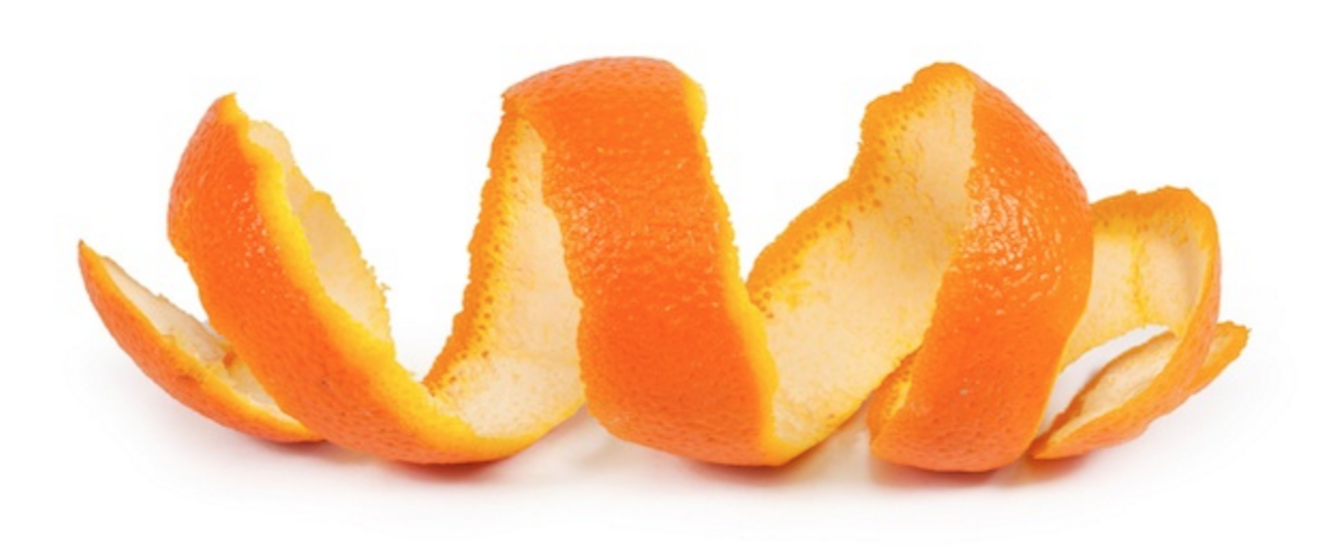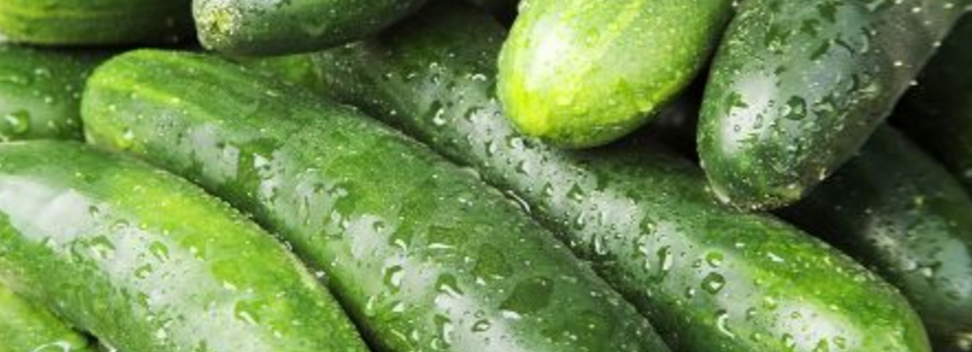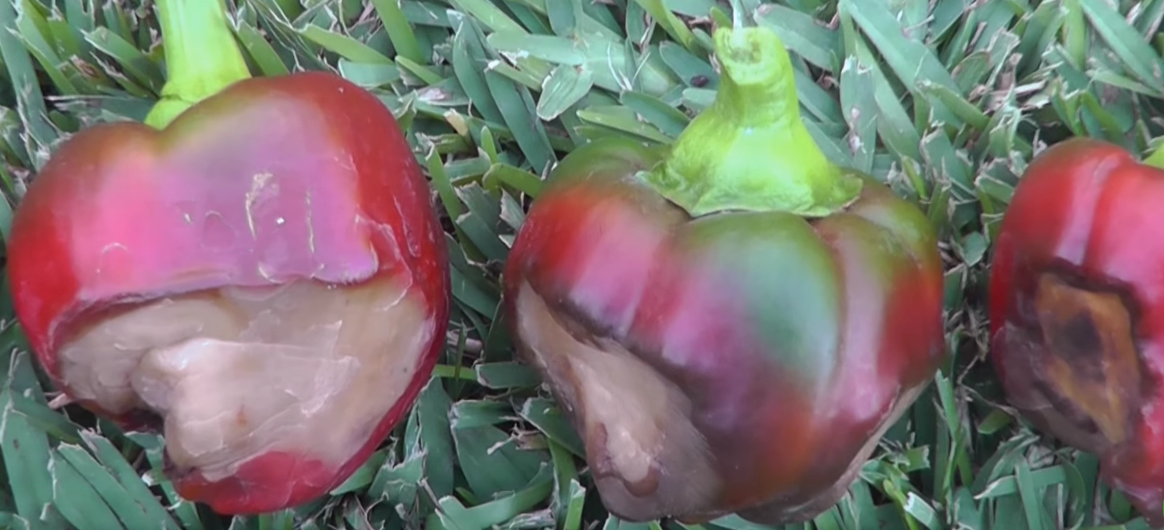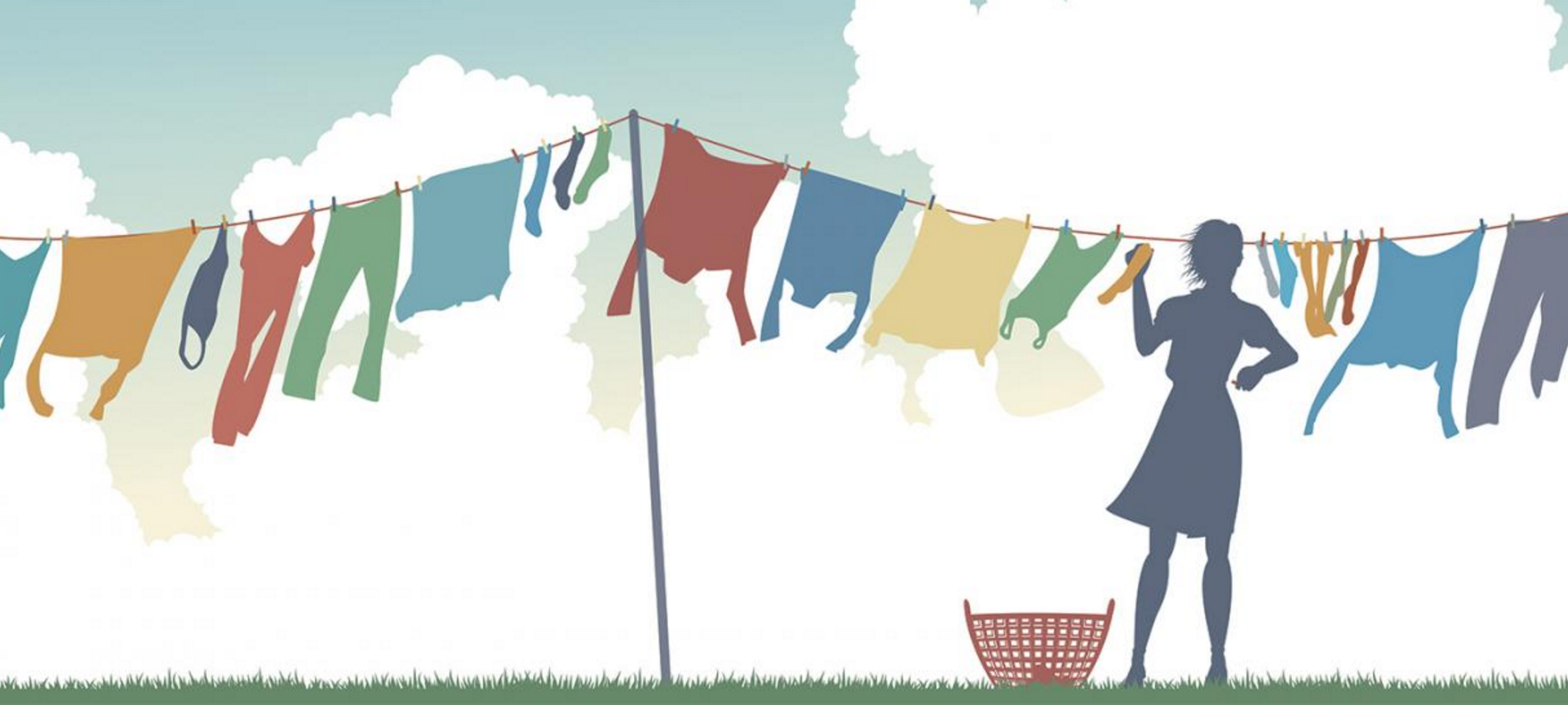Turn Your Garden Into A DIY Spa
Besides creating a surplus of food, and being used for medicinal and cleaning purposes, your garden has many other uses. One of those is allowing you to pamper yourself once in a while! After you’ve put in all that hard work, you can harvest a few ingredients out of your garden and use them to … Read more








